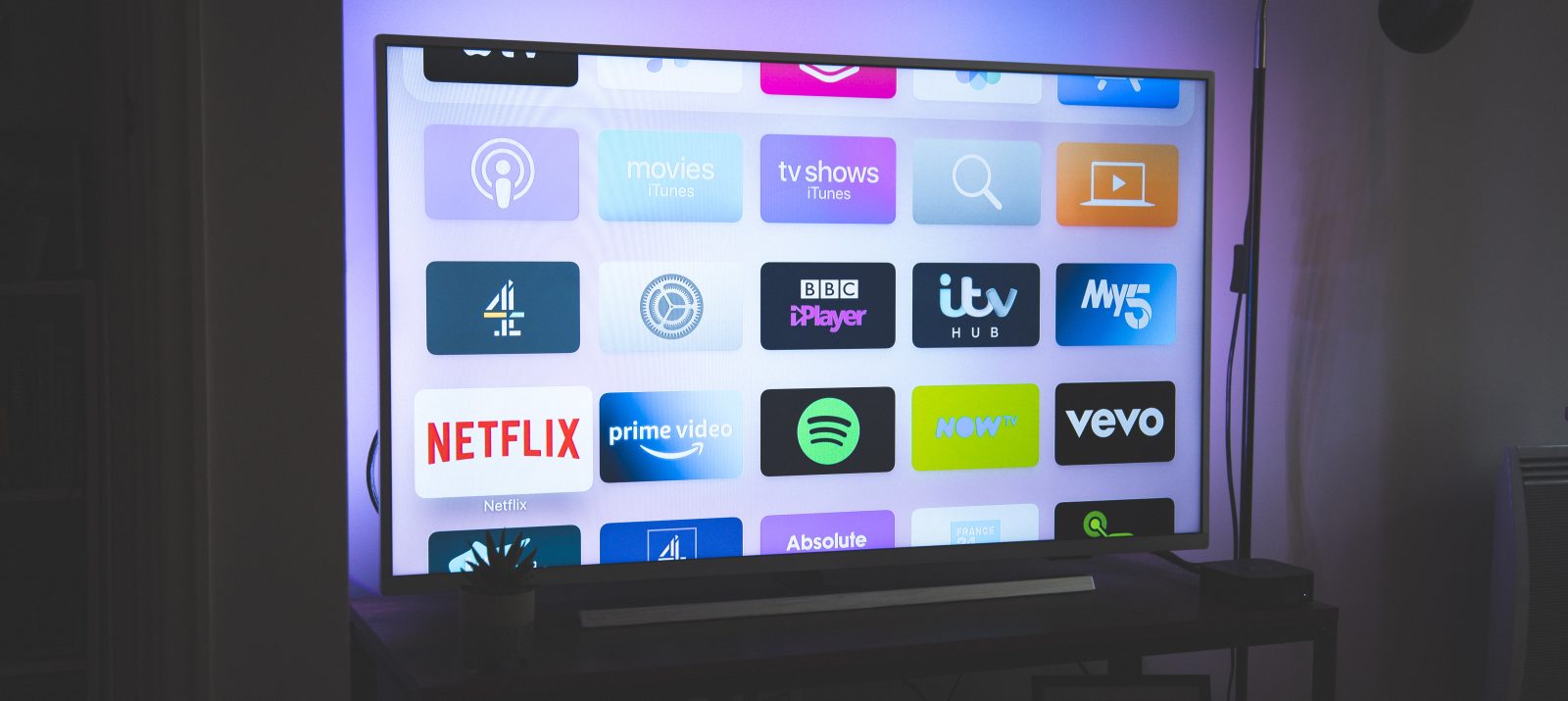
After school on the sofa, the TV on and zapping through the program, or specifically on Sunday mornings for the “Sendung mit der Maus” – that’s what TV looked like for many adults in their childhood. Today, many families have TVs that can access various streaming services and other online content. This entails not only quasi-infinite possibilities, but also some risks.
“Smart” comes from English and means “clever”. This is used to describe various devices or environments that are connected to the Internet or networked with each other and are thus capable of more than conventional devices. Instead of cell phones, we now almost exclusively use smartphones with a wide range of functions and options. When TVs come along as smart TVs, they can be connected to the home Internet. Just like a smartphone, a smart TV has apps that enable it to use online services. Apps from streaming providers like Netflix, Prime or Disney+ are preinstalled on many devices. It can also be used to access the media libraries of various TV stations, YouTube and other online services. In addition, content can be transferred from the smartphone to the big screen. For example, photos and videos taken with the cell phone can be viewed together on the smart TV.
With a smart TV, children and young people theoretically have a wealth of movies, series and other content available to them at any time, in addition to the classic TV program. At the age of three or four, children can already manage to turn on the device, open the respective app via remote control and watch content. If access is not protected, children can also watch programs that are not suitable for their age.
Anyone who watches TV on a smart TV will be familiar with the overlays on data protection – similar to those on websites. Because if the TV is permanently connected to the Internet, it behaves like a computer or smartphone: applications collect data on usage behavior. That’s why there are also commercials or references to other offers of the respective station from time to time. Many smart TVs also have a Bluetooth interface, voice services, microphones and cameras. These functions could be hacked and misused by strangers.
As with other devices, settings on the TV and in apps can help ensure safe use. For smart TVs, you should therefore consider technical protection measures on two levels:
With many devices, password protection can be set up so that your child cannot even turn on the TV on its own or certain functions, such as access to streaming services, are not possible without a PIN. Some TVs have an additional age rating function. This allows programs with certain age ratings to be blocked individually without the need for password protection for the entire device. Usually, you can also customize the channel list of your TV in the menu. This allows you to specifically block individual channels if you do not want your child to have access to them.
Every device works a little differently, so take a close look at the menu and setting options of your smart TV. You can also use online guides if you know the exact name of your device and search for “device name and parental controls” in the search engine.
Some smart TVs have their own app stores, for which there are also setting options, such as password protection for purchases and installation of apps. If you don’t need your TV’s Internet connection all the time, disable it after each use of online content. Only you should know the WLAN key. Also, access to Bluetooth, camera, mic, etc. should only be enabled when applications absolutely need it to work.
If you use streaming services, you should set up a separate child profile. Not infrequently, one is already pre-installed. There you will only find content that is also approved for children. As soon as the app is started on the smart TV, the profile for the user can be selected. Profiles that are not to be used by children can be protected with a PIN.
You can find out more about the settings options for the largest streaming providers at Look!
In the case of the media libraries of the public broadcasters, the protection of minors is regulated in the same way as for linear television. Access to content that is not released until the age of 16 or 18 can only be accessed in the evening (after 8 or 10 p.m.). There is also a hint if users want to access content other than that stored in the children’s area.
Don’t let your child, especially when he or she is younger, watch TV uncontrollably. Watch together, if possible, so that you can answer questions that arise and catch on if your child becomes afraid of certain content. If you can trust your child to watch only the videos you’ve agreed upon, you can let him or her watch them alone sometimes. However, make sure you have a healthy amount of screen time – this may be slightly different for each child.